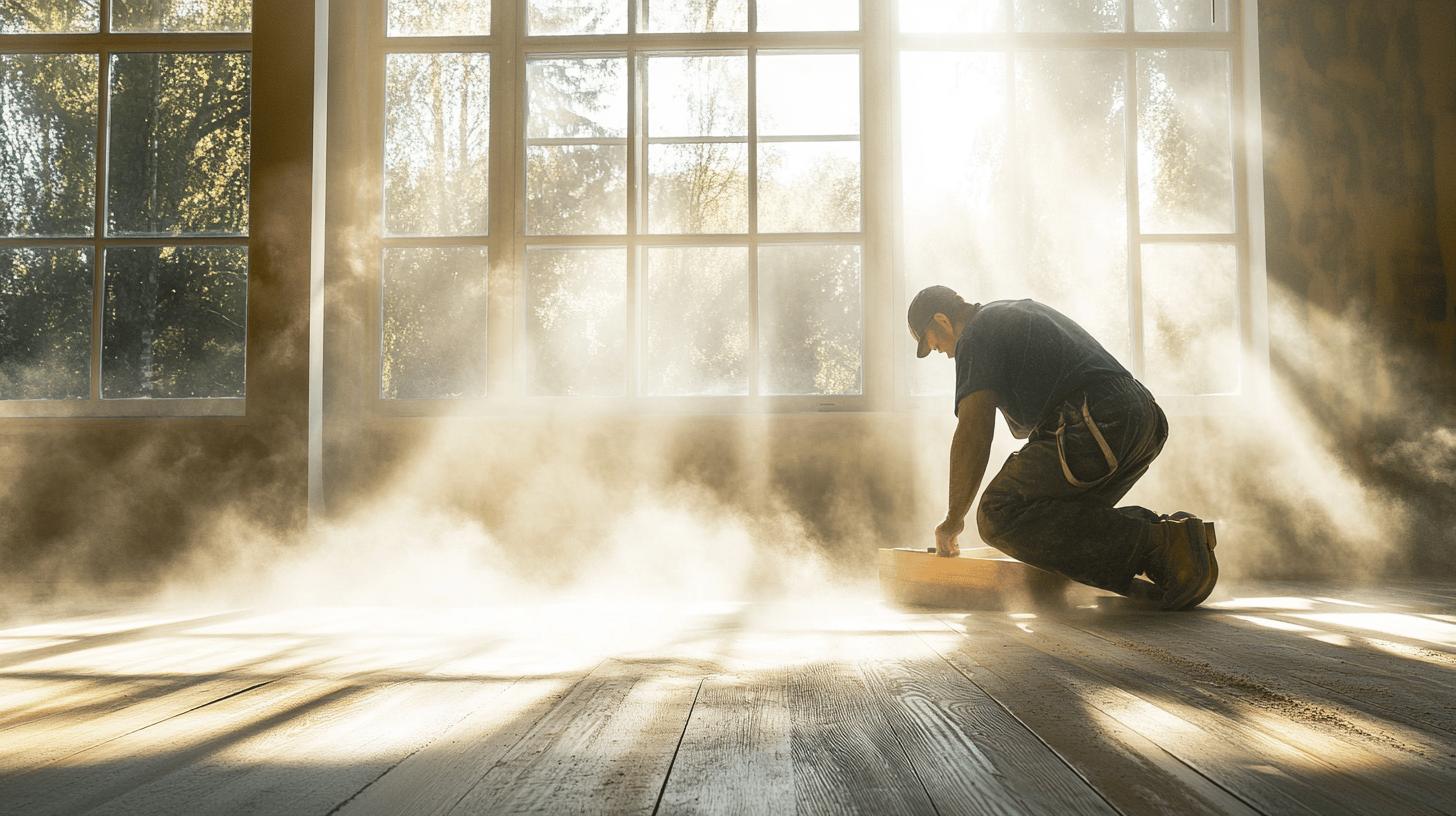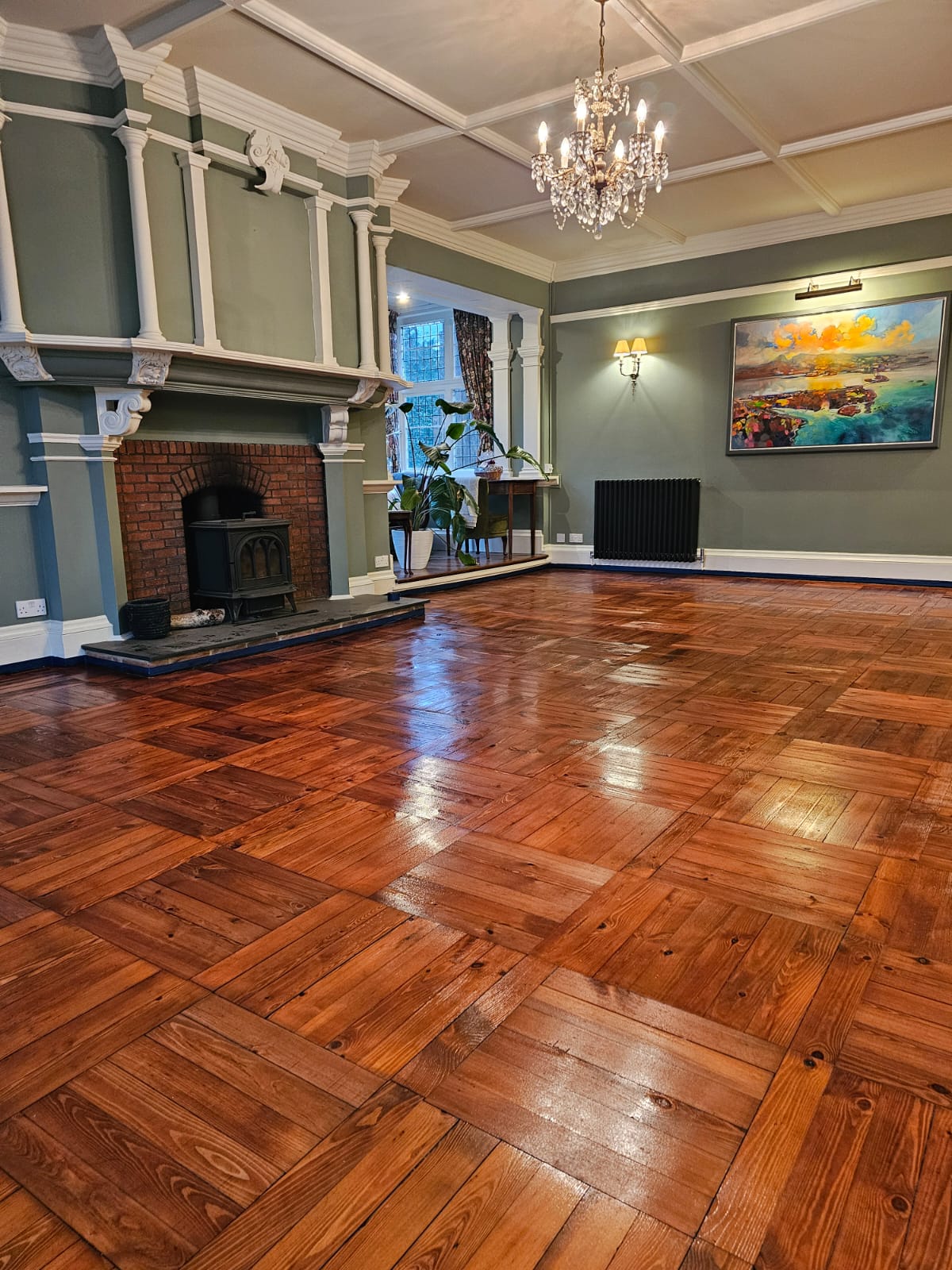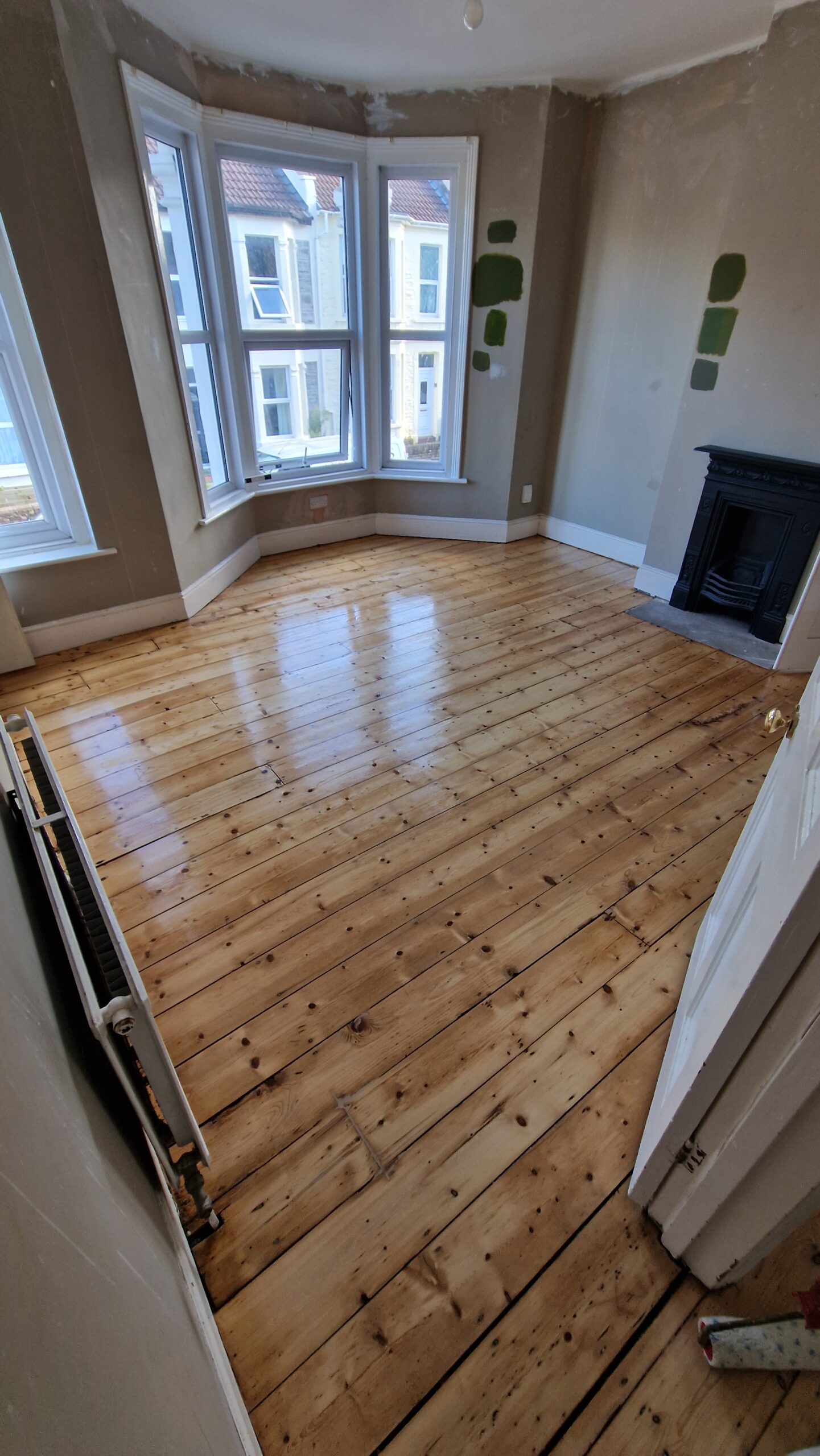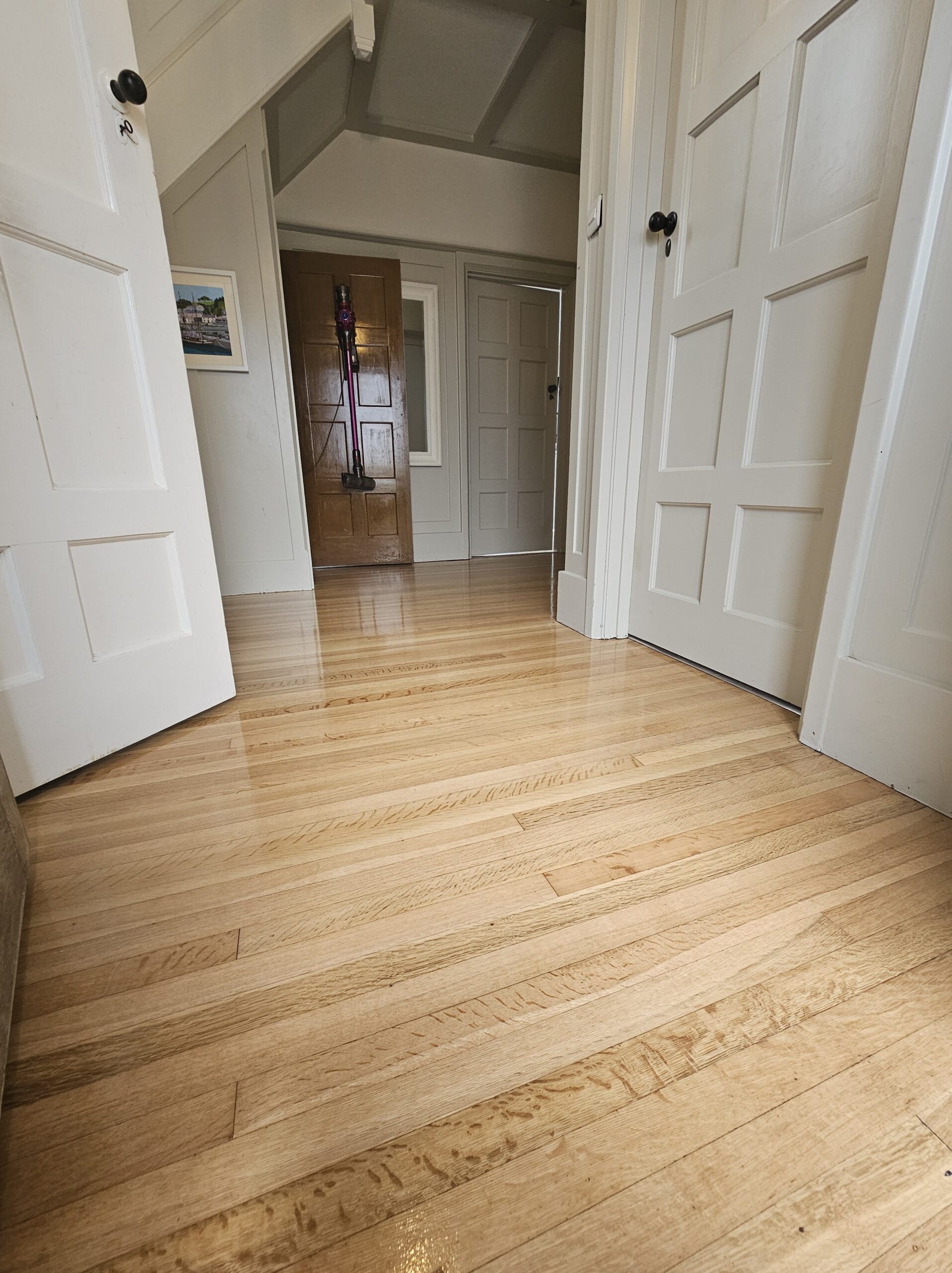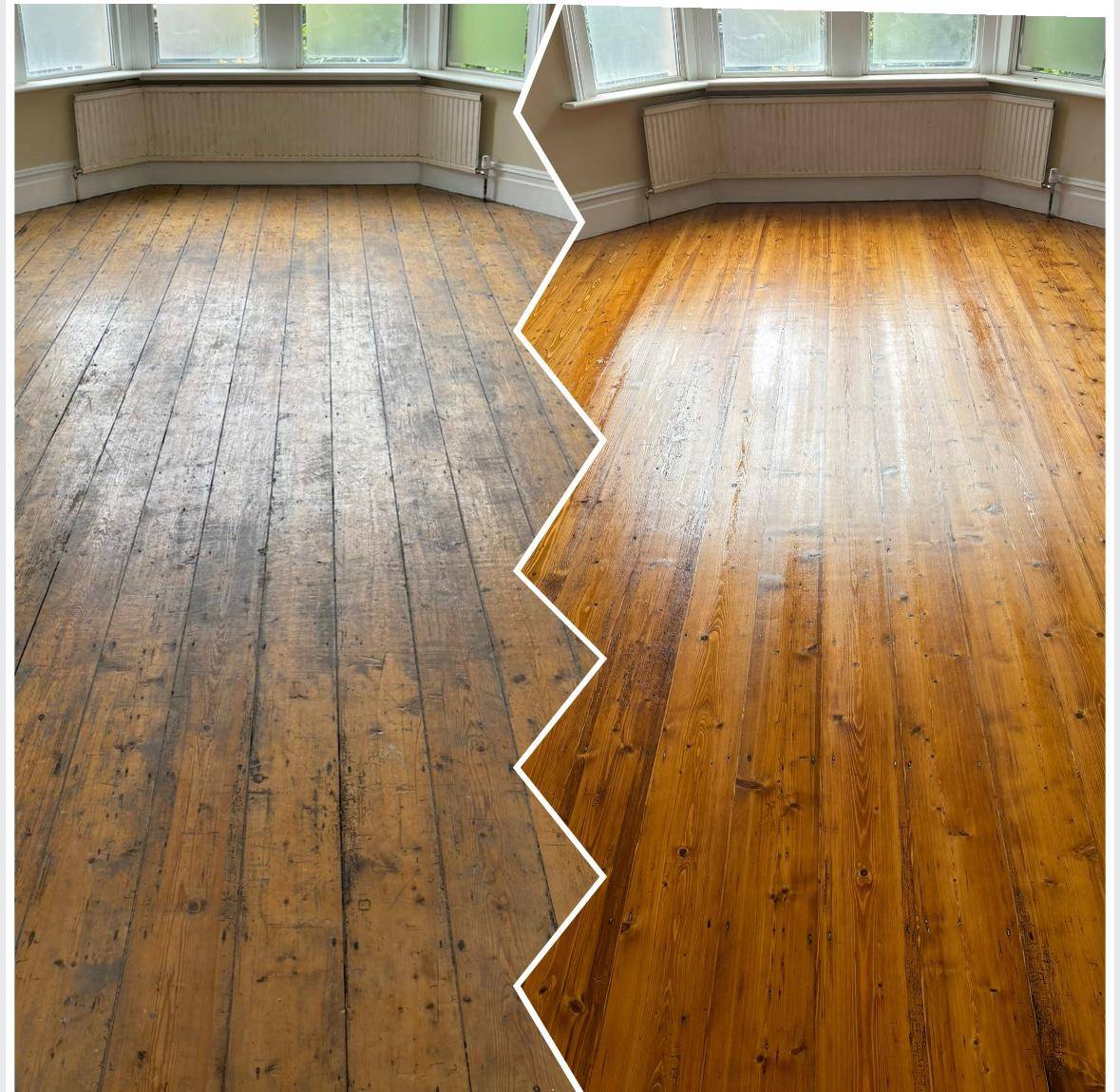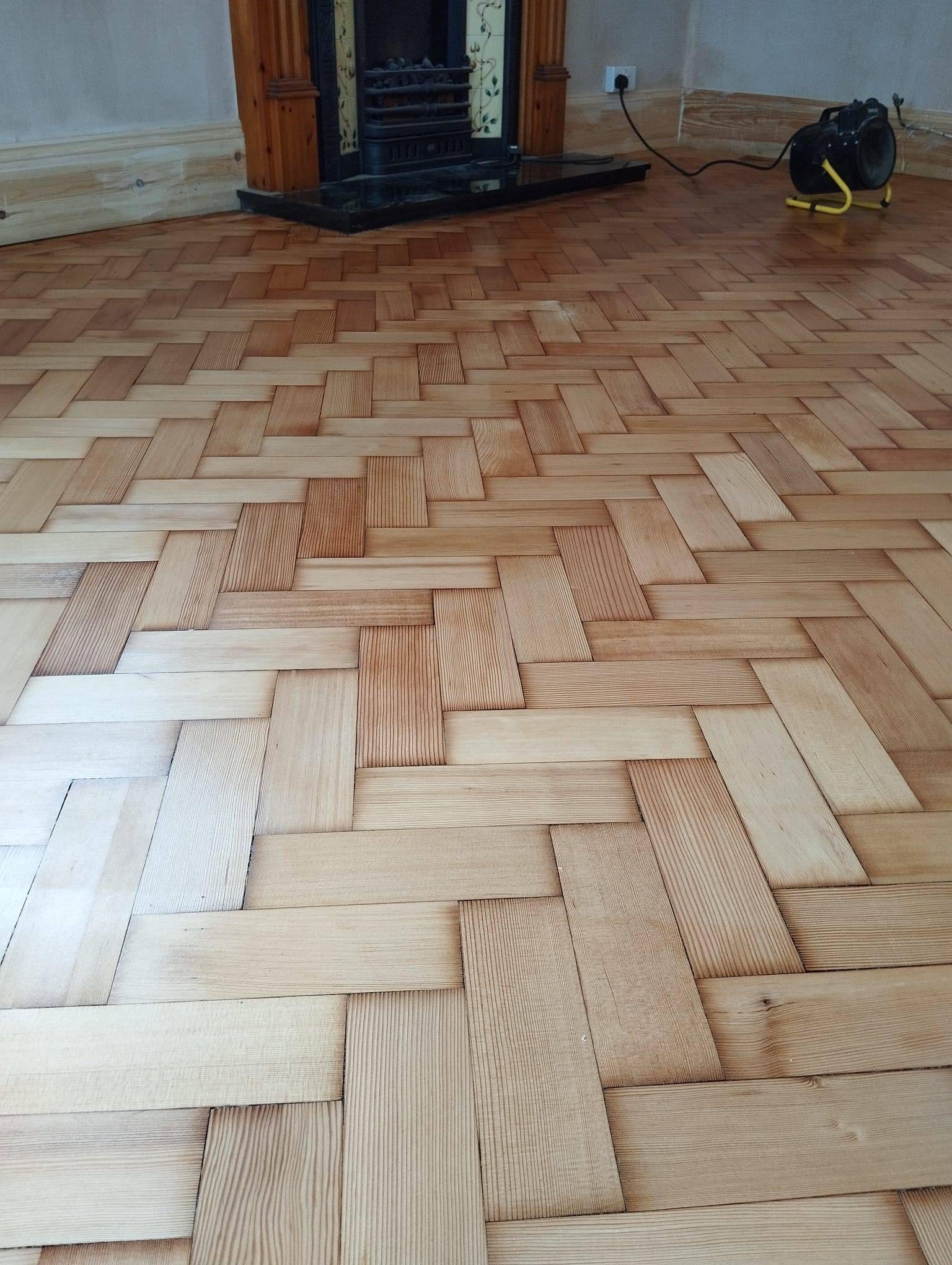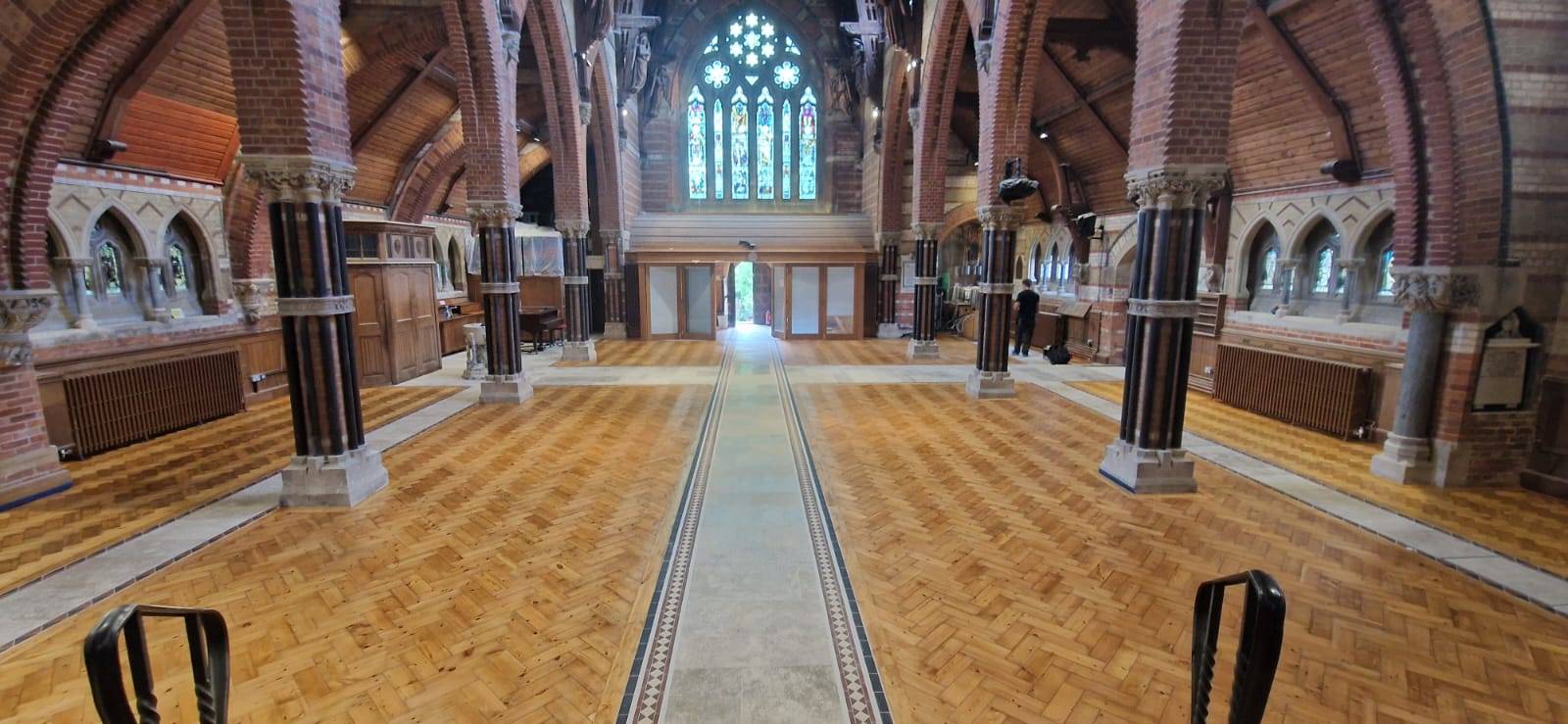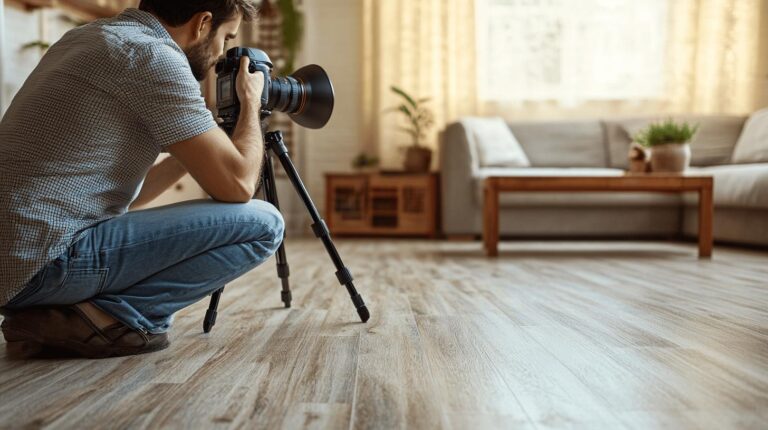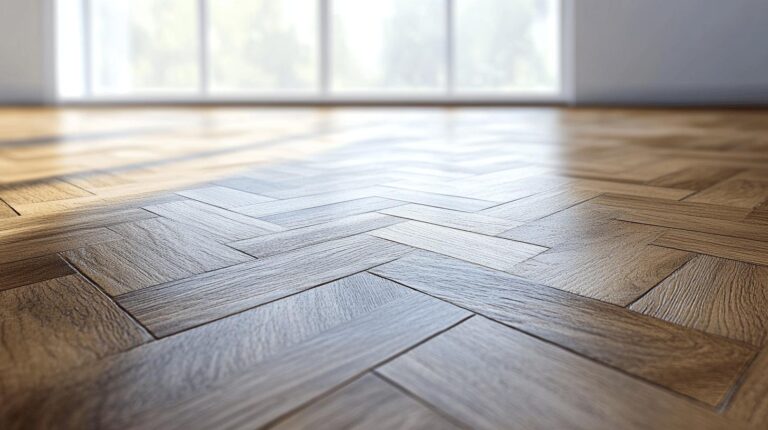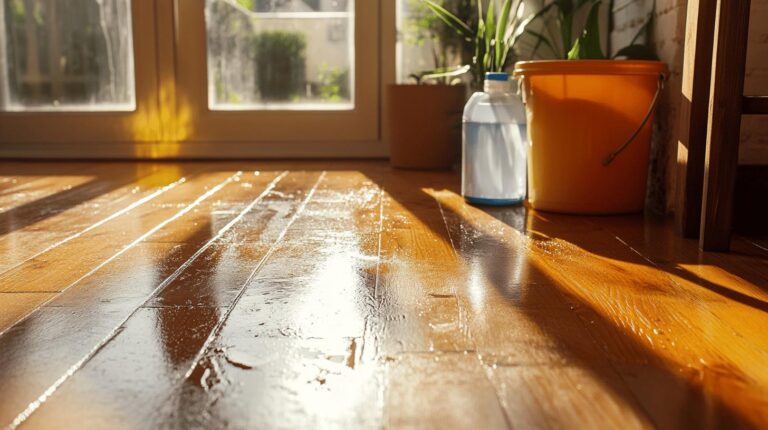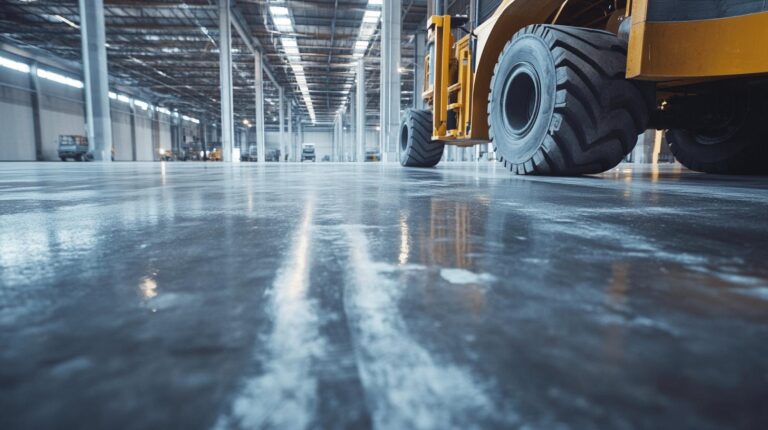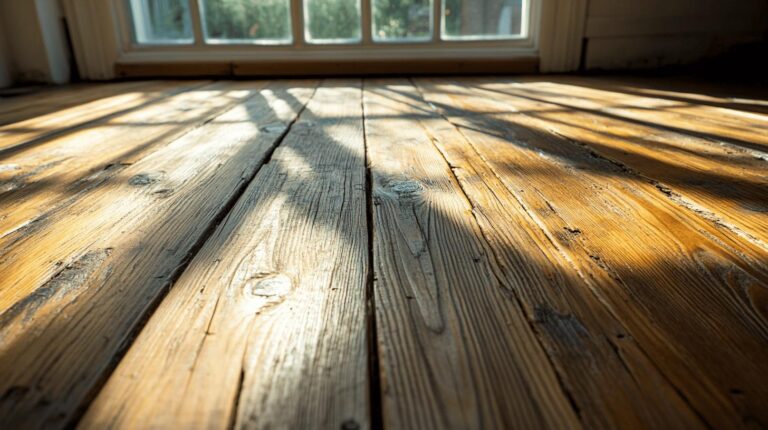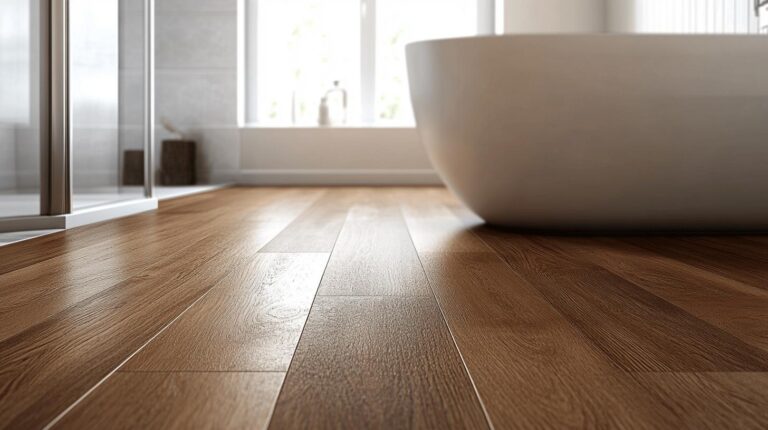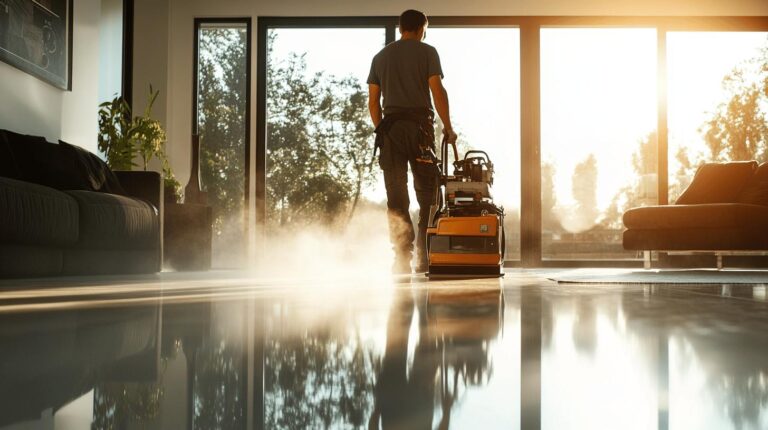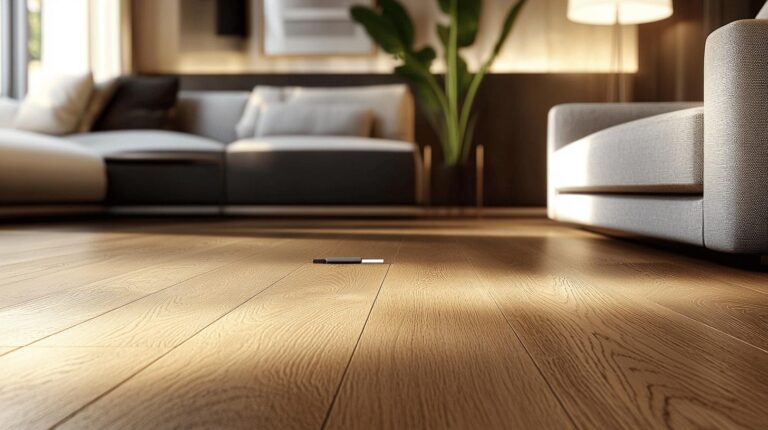Are your wood floors sending the right message to potential buyers or dragging down your home’s appeal? As you prepare to put your home on the market, the condition of your wood floors can significantly impact buyer impressions and home value. With scratches, fading, or water damage, your floors might present your home in a less than favourable light. However, by conducting a thorough inspection and addressing any imperfections, you can ensure a stunning market debut that enhances your property’s attractiveness. Discover key strategies for making your wood floors shine in the eyes of prospective buyers.
Assessing the Current Condition of Your Wood Floors
Conducting a thorough inspection of your wood floors is a critical step before putting your home on the market. A meticulous assessment allows homeowners to identify any imperfections that may deter potential buyers. Inspecting imperfections such as wear, tear, and stains ensures that wood floor upkeep is prioritised. An in-depth floorboards inspection can reveal areas needing attention, thereby preparing your floors for an impressive market debut. This process not only enhances the aesthetic appeal but also contributes to maintaining or even increasing the property’s value.
During the inspection, common issues such as scratches, fading, and water damage should be identified. Scratches can occur from everyday use, while fading generally results from prolonged sun exposure. Water damage, often from spills or high humidity, can lead to warping or discolouration. Visible damage, including dents and gouges, must also be assessed. Recognising these problems early allows for timely repairs or refurbishment, ensuring that your floors present their best appearance to prospective buyers.
The condition of wood floors significantly influences buyer impression and home value. Floors that are well-maintained and free from visible damage contribute positively to the overall perception of the home. Conversely, neglected floors with evident damage can detract from a home’s appeal and potentially decrease its market value. Ensuring your floors are in excellent condition creates a favourable first impression and can be a decisive factor in the buyer’s decision-making process.
- Scratches
- Fading
- Water damage
- Stains
- Visible damage
.
Cleaning and Preparing Wood Floors for Sale
Achieving a pristine appearance is crucial when preparing wood floors for the market. Clean floors significantly enhance a home’s appeal, creating an inviting atmosphere for potential buyers. A meticulous wood floor cleaning regimen not only improves visual aesthetics but also reflects well on overall home maintenance. Prospective buyers are more likely to be impressed by spotless, well-cared-for floors, setting a positive tone for the rest of the viewing experience.
To ensure a thorough cleaning process, begin by removing all furniture and rugs. Dust and sweep the entire floor surface to eliminate loose debris. Follow this by vacuuming with a soft brush attachment to reach into corners and edges. Next, use a damp mop with a suitable cleaning solution, ensuring not to oversaturate the wood. Quickly dry the floors with a clean, dry cloth to prevent water damage. Finally, buff the floors gently with a dry mop or cloth to restore their shine, ensuring a flawless presentation.
Maintaining wood surface upkeep through preventative measures is key to prolonging floor life. Routine maintenance involves using area rugs in high-traffic areas to minimise wear and tear. Furniture pads should be placed under heavy items to prevent scratches. Regularly polishing the floors also aids in maintaining their lustre. Incorporating these measures not only preserves the floors but also ensures they remain in top condition for potential buyers.
Choosing the Right Cleaning Products
Selecting the appropriate cleaning products is vital to avoid damage to the wood finish. Use pH-neutral cleaners specifically designed for wood floors to maintain their integrity. For example, choose water-based solutions like Bona Hardwood Floor Cleaner, which clean effectively without harsh chemicals. Avoid products containing vinegar or ammonia, as these can strip the finish and dull the surface. By opting for the right cleaning solutions, homeowners can ensure their wood floors look impeccable and market-ready.
Repairing and Refurbishing Wood Floors
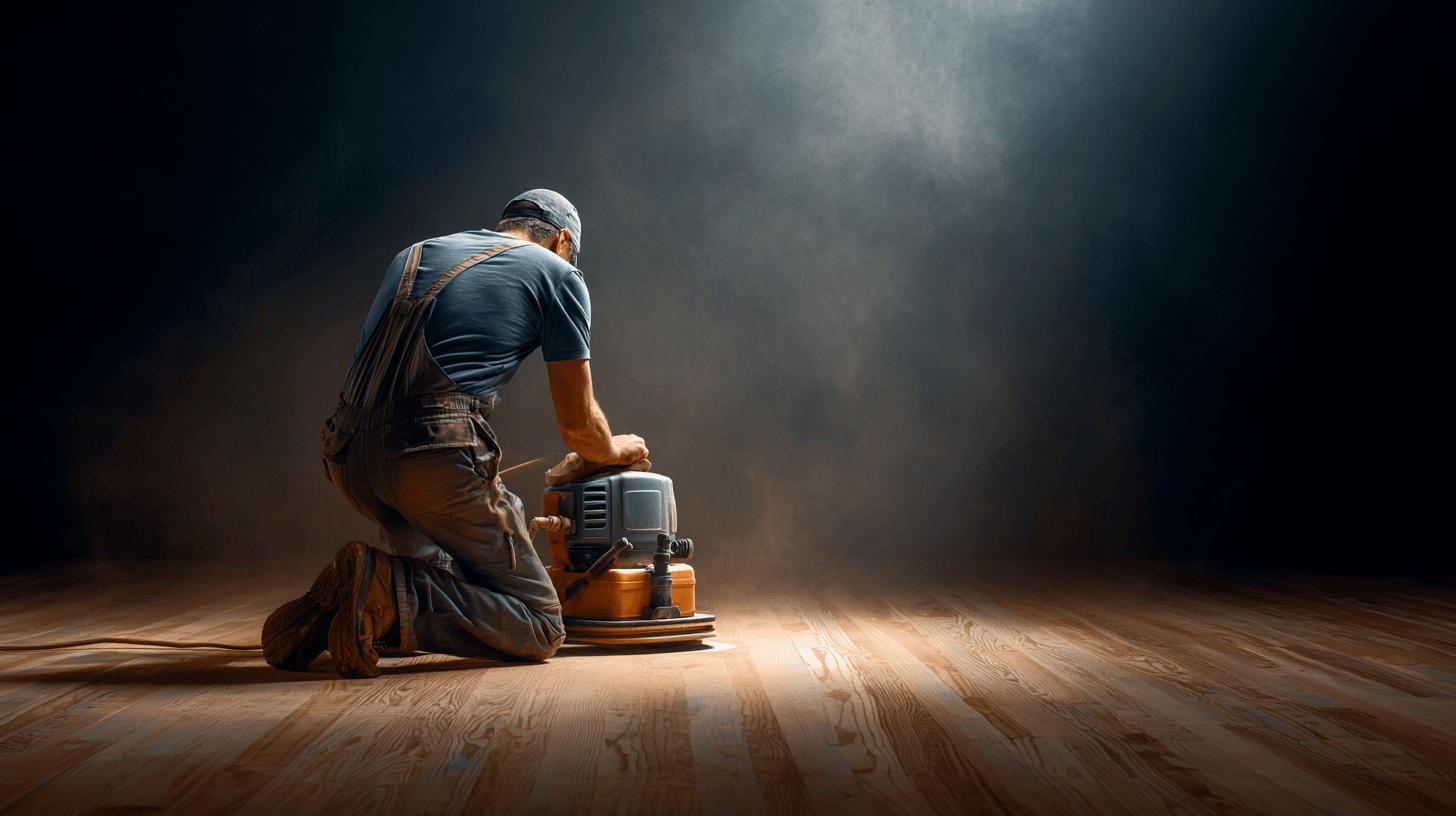
Repairing visible damage on wood floors is essential before putting your home on the market. What are the most common types of damage that need repair? Scratches, stains, and dents are frequent issues that can detract from the aesthetic appeal of your floors. Addressing these damages enhances the overall appearance, creating a positive impression on prospective buyers. Ensuring a comprehensive floor integrity check allows homeowners to fix flooring issues that might otherwise reduce the home’s appeal and market value.
Refurbishing floors through various methods can significantly uplift their appearance. What are some effective refurbishing methods? Sanding and refinishing are two primary techniques. Sanding removes the top surface layer, eliminating worn finishes and minor imperfections. Refinishing then applies a new protective coat, restoring the wood’s original lustre. These processes not only repair damages but also reinforce the floor’s durability. For more severe issues, consider using wood filler for deep gouges before sanding. A thorough floor refurbishing can transform dull, lifeless floors into a selling point.
Deciding whether to replace or repair wood floors requires careful consideration. When should you opt for replacement instead of repair? If the flooring is extensively damaged or of mediocre quality, replacing it with high-quality options may be more beneficial. New flooring can significantly enhance the home’s appearance, making it more attractive to buyers. However, if the damage is minimal, repair and refurbishing are cost-effective solutions. Evaluating the extent of damage and potential return on investment will guide homeowners in making the right decision to maximise appeal before a sale.
Enhancing Aesthetics through Refinishing
In the real estate market, aesthetics play a pivotal role in capturing the interest of potential buyers. How does the appearance of wood flooring impact a home’s marketability? A well-refinished wood floor can significantly boost a property’s visual appeal, making it stand out in a competitive market. Buyers are often drawn to homes with modern, well-maintained features, and flooring is no exception. New flooring can provide a competitive advantage, setting a property apart from others with outdated or worn floors. This visual appeal not only attracts more buyers but also assists in securing a favourable sale price.
What are the various refinishing methods that can be employed to enhance wood flooring? Several refinishing methods are available, each offering unique benefits. Sanding is a common approach, where the top layer of the wood is removed to eliminate imperfections and prepare the surface for a new finish. Staining can be used to alter the wood’s colour, allowing homeowners to update the aesthetic to match current trends. Finally, applying a protective finish such as polyurethane or oil-based sealants enhances the wood’s sheen and shields it from future wear. By carefully selecting and executing these refinishing processes, homeowners can achieve a flooring enhancement that elevates the property’s overall appeal.
Refinishing offers multiple benefits for home sale preparation. How does refinishing a wood floor contribute to a successful sale?
- Enhanced visual appeal
- Increased home value
- Durability and protection
- Competitive market edge
.
Refinishing not only boosts visual appeal but also increases home value by presenting a well-maintained, modern appearance. Additionally, the application of a quality finish provides durability and protection against future damage, ensuring the floors remain in excellent condition. These factors collectively offer a competitive market edge, positioning the home as a desirable option for prospective buyers.
DIY vs Professional Wood Floor Restoration
What are the cost benefits of DIY wood floor restoration? DIY restoration can significantly reduce labour costs, as homeowners undertake the work themselves. By eliminating the need to pay professional fees, budget-conscious individuals may find this approach appealing. Additionally, DIY methods allow for flexibility in scheduling, enabling homeowners to work at their own pace. However, it is essential to consider the complexity of the tasks and the potential need for specialised tools, which might not be readily available to every DIY enthusiast.
What advantages do professional services offer? Hiring professionals ensures precision and quality in wood floor restoration. Expert contractors bring years of experience, guaranteeing that the job is done correctly and efficiently. They possess the necessary tools and knowledge to handle complex restoration tasks, which can result in a superior finish. Moreover, professional cleaning services often include warranties, providing peace of mind to homeowners regarding the durability and longevity of the restoration work completed.
Factors influencing the decision between DIY and professional restoration include budget, time constraints, and skill level. How do these factors impact the choice? A limited budget may favour DIY methods, while those with tight schedules might prefer the efficiency of professionals. Skill level also plays a crucial role; inexperienced individuals may find professional help more advantageous to ensure a high-quality result. Additionally, the project scope must be considered, as large-scale restorations may require professional expertise to manage effectively.
What is the potential return on investment when choosing between DIY and professional restoration? A professionally restored floor can enhance a property’s value, potentially leading to higher sale prices. While initial costs may be higher, the quality of work can yield a substantial return on investment, making the home more attractive to prospective buyers. Conversely, a poorly executed DIY restoration might not achieve the same market appeal, potentially reducing the overall return.
- Budget
- Time constraints
- Skill level
- Project scope
- Quality and longevity
.
Maximising First Impressions with Estate Agent Insights
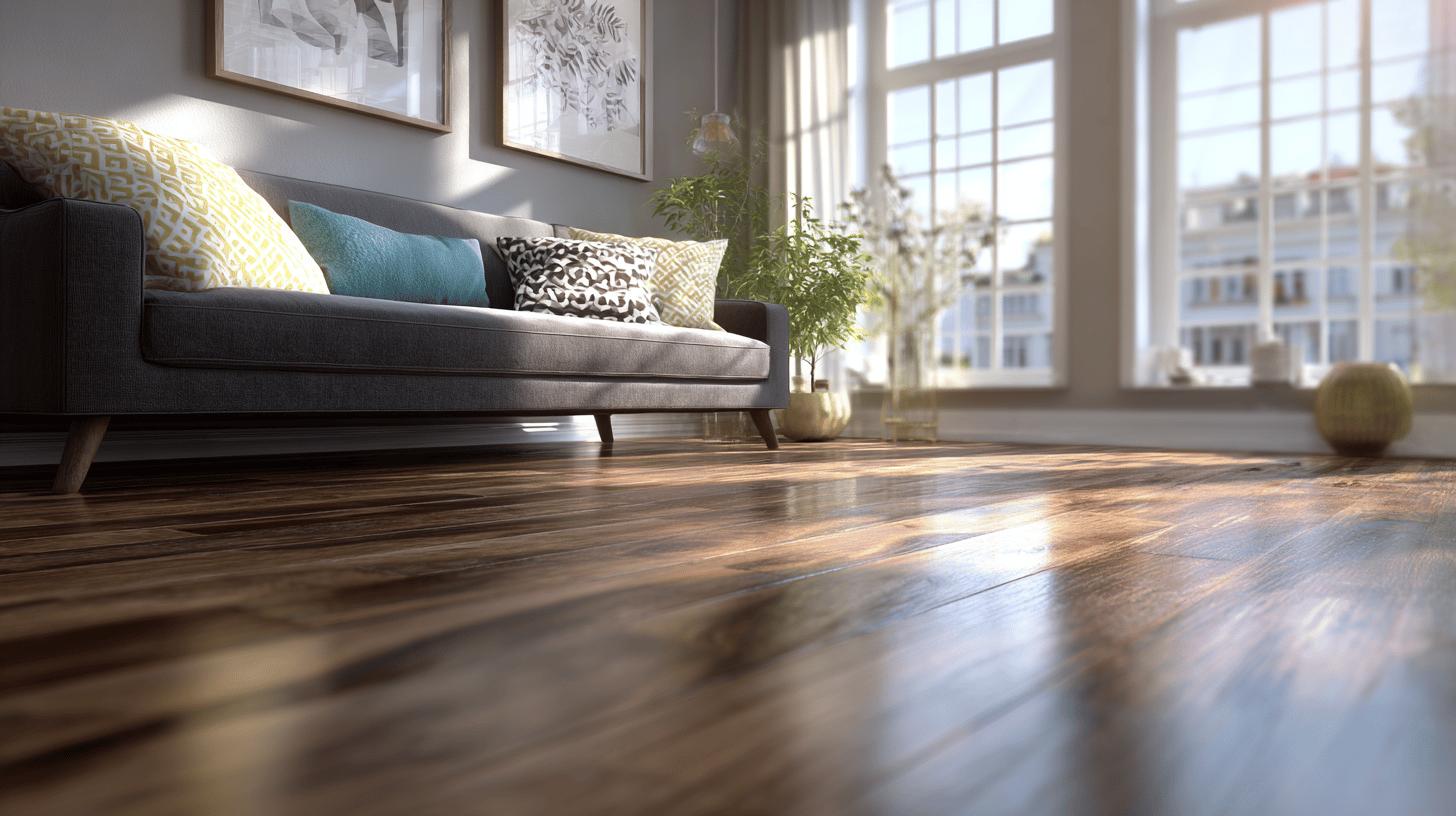
What is the impact of first impressions in real estate? First impressions are crucial in real estate as they significantly influence buyer decisions. When prospective buyers enter a home, the condition and appearance of the wood floors can make an immediate impact. Engineered hardwood floors, renowned for their beauty, practicality, and safety, enhance a home’s appeal and can increase its saleability. Buyers are naturally drawn to homes that exude quality and style, which begins with the flooring underfoot. A stunning market debut is often determined by these initial visual cues, setting the stage for a successful sale.
What specific advice do estate agents offer regarding wood floors? Estate agents emphasise the importance of showcasing wood floors in property listings and during viewings. Highlighting the floors’ quality and design can enhance buyer interest. Choosing neutral tones for the flooring is advised to appeal to a wide audience, ensuring the home attracts a broad range of prospective buyers. Additionally, emphasising the durability and low maintenance of wood floors can further sway buyer decisions. These factors not only boost the home’s attractiveness but also reassure buyers of long-term value and practicality.
- Highlight wood floors in property listings
- Choose neutral tones to appeal to a wide audience
- Emphasise durability and low maintenance
.
Final Words
In the midst of preparing wood floors before putting your home on the market, it is essential to conduct a thorough inspection to identify any imperfections.
Identifying scratches, fading, and water damage early can help form a strategic plan for cleaning and refurbishing to enhance their visual appeal.
Expert repair and refinishing methods provide a competitive advantage, elevating your home’s attractiveness.
Deciding between DIY and professional services requires weighing cost effectiveness against quality.
Overall, well-prepared wood floors can significantly aid in maximising first impressions, captivating potential buyers, and influencing their decisions positively.
Increase resale value → Wood Floor Polishing
FAQ
Q: What steps are involved in laying hardwood floors?
A: Laying hardwood floors involves preparing the subfloor, measuring and cutting planks, arranging them in the desired pattern, nailing or gluing them down, and finishing with sanding and sealing.
Q: How can wood flooring be installed on existing floorboards?
A: Installation over floorboards requires levelling the surface, adding an underlayment for insulation and noise reduction, and ensuring the boards are securely fastened before laying the hardwood.
Q: What are the different methods for installing hardwood floors?
A: Common methods include nailing, stapling, gluing, and floating. The choice depends on floor construction, subfloor type, and desired finish.
Q: What preparation is needed before installing wood flooring?
A: Before installation, ensure the subfloor is clean, dry, and level, with any repairs completed. Acclimate the wood planks to the room humidity for at least 48 hours to prevent warping.
Q: Should you refinish hardwood floors before selling your home?
A: Yes, refinishing can significantly enhance floor appearance, making your home more appealing to buyers and potentially increasing its market value.
Q: Does wood flooring add value to a home?
A: Wood flooring often adds value due to its durability, timeless appeal, and demand in the real estate market, which can attract potential buyers willing to pay more.
Q: How should you prepare hardwood floors for installation?
A: Preparation includes cleaning any debris, conducting moisture tests, and verifying subfloor integrity to ensure a smooth, stable surface for installation.
